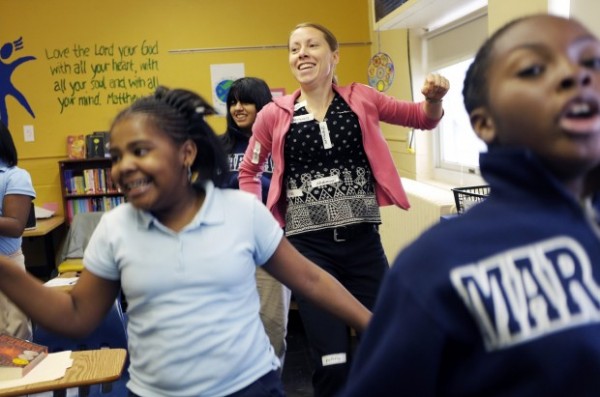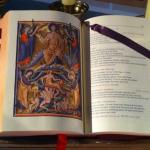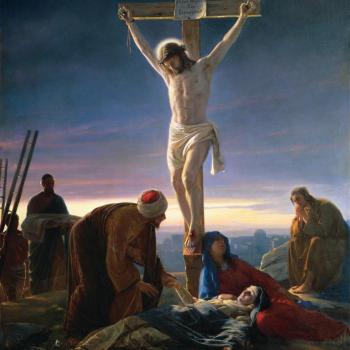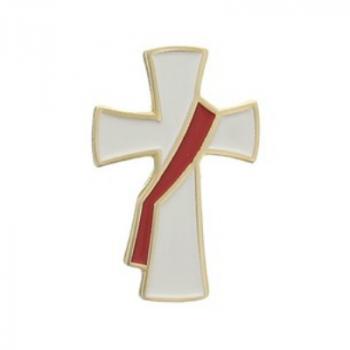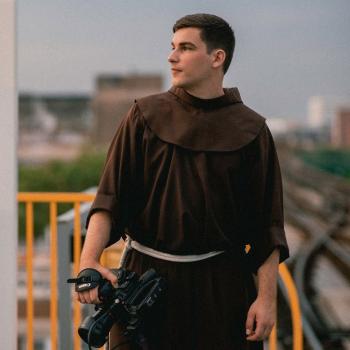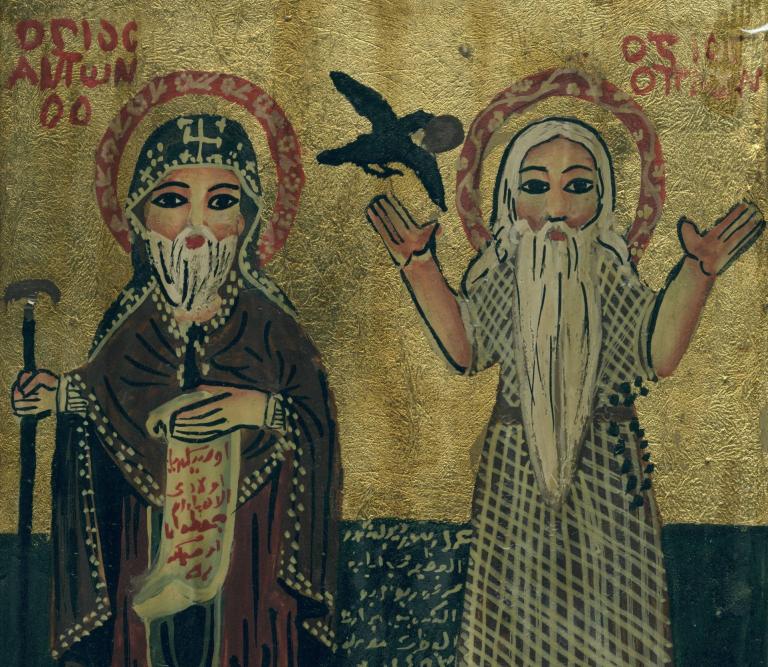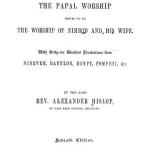A paper in St. Louis looks at how sisters have changed over the last couple decades — and what that may mean. Details:
Sister Sarah Heger [shown above] cut through a tray of raw chicken with a knife and let her fifth-grade class of girls squirm for only a second.
A science exam loomed, and the petite nun didn’t waste time preparing them. She wrangled the meat with her bare hands, pointing to tendons and showing how muscles relax and contract.
“Lord, I am traumatized,” said Mariah Favell, one of the students. Heger knew it was drama and probed deeper. “What’s this white rubbery stuff between the bones?” she asked about the cartilage.
The raw chicken was one of several stations Heger set up around the room to teach about muscles and bones. Even Heger was a walking lesson. She had stickers all over her body indicating specific parts of anatomy: abdominals, sternum, deltoid, phalanges…
Like scores of nuns before her, teaching is a passion for Heger.
But Heger, 30, is a rarity, especially at a time when the number of nuns in the U.S. has fallen dramatically.
She is the only nun teaching at Marian Middle School, a private Catholic school for girls near Tower Grove Park. But visually, she doesn’t stand apart from her co-workers. She doesn’t wear a traditional habit. On this day, black pants and a pink blouse outlined the same slim physique that she had playing volleyball at Fontbonne University. She wore her blondish-brown hair in a ponytail. Her independent spirit flowed freely.
On the inside, however, there is something different. Not long ago, in a paddle boat at Forest Park, she politely turned down a marriage proposal from a friend. That she could have the same teaching job without being a nun also speaks to her faith and goals.
“Our bodies are made to give birth, but this was the life I wanted to lead,” Heger said. “It’s bigger.”
Since the 1960s, the number of nuns has dropped from nearly 180,000 in the U.S. to about 56,000 today.
In spite of the drop, many Catholics are comforted by historical trends. The Rev. Paul Bednarczyk, executive director of the National Religious Vocation Conference, said explosive growth in the 1950s and 1960s was an anomaly.
“The fact is there has always been a small number of Catholics who have responded to a religious vocation,” he said.
Though the numbers are in decline, about 4,000 men and women in the U.S. were either in formation or had professed final vows within a recent 15-year period, according to a 2009 study that the vocation conference commissioned. The average age for women entrants was 32. The youngest pool of nuns was more diverse than older nuns.
But still, 44 percent of women religious communities in that period had no one in the initial stages of preparation.
The downward trend is changing the face of ministry, education and health care in places like St. Louis, where nuns have played a significant part of the city’s Catholic legacy.

